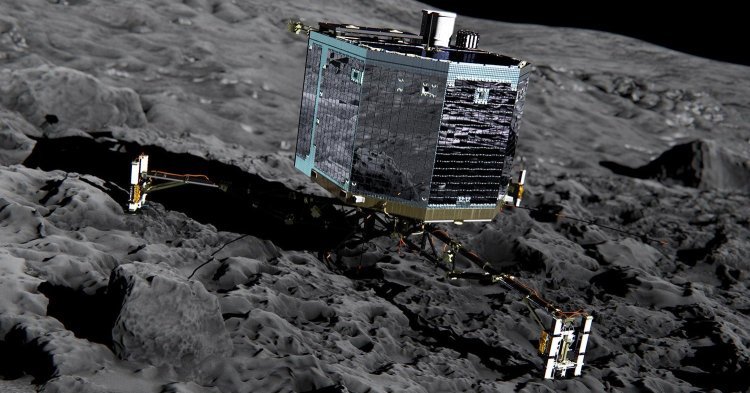On October 3rd 1942, a team of German scientists headed by infamous Wernher von Braun, conducted the first test launch of V-2, which became very original ballistic rocket reaching the outer space. After the downfall of Nazi regime by Allied troops, many German scientists and equipments were transferred to the USA and Soviet Russia. The contribution of these refugee specialists along with their inventions, made both Russians and Americans pioneers to beat new records of space exploration.
Nevertheless, the European chapter of the ’final frontier’ does not conclude. In 1962, American NASA sent the first European satellite of British origin - Ariel 1, followed by Italian-made San Marco I in 1964. In 1965, France became the third country to launch a satellite by its own, after the flight of Asterix. Now French Guiana, located near the Equator, which has weaker gravitation on Earth, serves as a comfortable spaceport for the European Space Agency (ESA).
Throughout the 20th and 21st centuries, Europe has indeed beaten new records. In 1976, West German Helios-A and Helios-B became the first spacecraft that explored solar processes in close distance (approximately near the orbit of Mercury).
In 1986, European Giotto won competition against Japanese, Soviet-Russian and American counterparts of reaching the closest distance (536 kilometres!) to the largest comet in our Solar System, Halley’s Comet, and taking close-up pictures of outbursting nucleus. In addition, it was the smallest spacecraft among the other four competitors and despite the bombing of ice particles from melting comet’s tail, Giotto managed to remain operational for several more years in vacuum.
In 2004, European Huygens separated from American spacecraft Cassini that orbits Saturn, and made the first landing on a moon of a different planet – Titan. Despite large distance from Earth and a very dense atmosphere, the lander succeeded to send in-situ images of Titan’s soil and rocks.
In 2014, after separation from Rosetta, Philae became the first human-made object to softly land on a comet and this EU mission afterwards sent detailed scientific data and in-situ images of Churyumov-Gerasimenko’s ice surface.
All these breakthroughs prove that Europe can do more and fly further. Despite of rising fame of China and India, and the sudden return of Americans into space exploration, the EU must act as sooner as possible. Europe has vast amount of human, financial and material resources that can contribute much more in reaching stars and planets.
The European Commission and EU member states must express solidarity in investing billions of euros for space industry and to make new European dream ’to live long and to prosper’. Among the 500- million EU citizens, European Space Agency can hire thousands of young volunteers and specialists across the continent who want to become space engineers, scientists and even astronauts. In addition, the ESA can establish private partnerships with high-tech corporations such as Siemens to diversify technological equipment.
This new European dream may not be so financially wasteful as appears to be. With its name ’entitlement’, Europe can be the first to send its Eurovers on one of Jupiter’s moons, Europa, which is globally covered with kilometres of solid water ice. Deficit of fresh water becomes the growing problem on Earth. These rovers will drill massive ice on Europa and make the EU as the main exporter of drinking water on our planet.
Perhaps, some day we will see space rangers wearing blue shirts with the insignia of a circle with 12 five-pointed gold stars on a chest. But Europeans should not just dream, they also have to act, as nowadays, despite numerous crises, the EU holds the status of potential superpower.

Follow the comments: |
|
